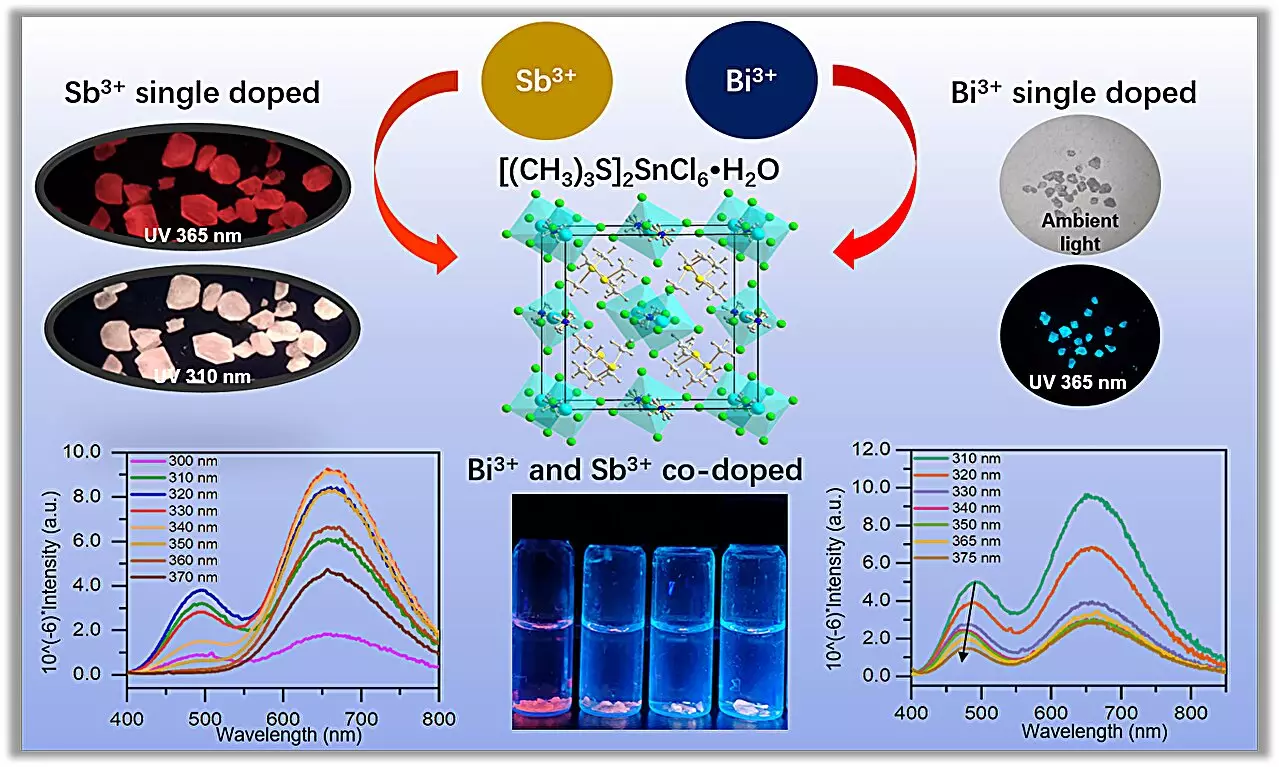LED lighting has come a long way since its inception in 1969 with the release of the first red LED lamp. It wasn’t until 1998, when Japan’s Nakamura Shoji successfully created white LEDs, that LED lighting truly entered the spotlight. The invention of the incandescent lamp by Edison in 1879 paved the way for LED technology to illuminate the night.
The appeal of LED lighting lies in its high efficiency, environmental friendliness, and energy-saving properties. LED lights have revolutionized the lighting industry by offering a more sustainable and cost-effective alternative to traditional light bulbs. The ability to produce white light with LEDs has further expanded their applications in various lighting scenarios.
Metal halide perovskites (MHPs) have emerged as a promising candidate for enhancing LED technology due to their exceptional photoluminescent properties. By introducing metal ions into MHPs, researchers can create fluorescent materials with varying luminescent colors. The simplicity of synthesizing 0D MHPs and their high tolerance for guest ions make them an attractive option for further research and development in LED technology.
A team of researchers led by Professor Ke-Zhao Du from Fujian Normal University in China focused their efforts on achieving dopant-controlled luminescence in 0D MHPs. Their study, titled “White light emission in 0D halide perovskite [(CH3)3S]2SnCl6×H2O crystals, through variation of doping ns2 ions,” was recently published in Frontiers of Optoelectronics. The team identified the limitations of single-doped MHPs, such as the lack of blue emission and poor stability in ambient conditions.
To address these challenges, the researchers experimented with doping Sb3+ ions into [(CH3)3S]2SnCl6×H2O crystals, resulting in tunable white light emission with a sufficient blue emission component. This breakthrough opens up new possibilities for achieving high-quality white light with LED technology, paving the way for more energy-efficient and environmentally friendly lighting solutions.
The development of LED lighting technology has seen significant advancements over the years, culminating in the breakthrough of white light emission using metal halide perovskites. Researchers continue to explore novel approaches to improve the efficiency and performance of LED lighting, bringing us closer to a more sustainable and bright future.


Leave a Reply